Over the last few weeks we have been exploring the concept of measure. We have experimented with everyday items as units of measure to investigate and compare sizes and amounts in the environment. We then shared our findings with our friends.
We started with the skills of measuring length using our feet and our hands. It can be tricky using your feet to measure and not fall over.
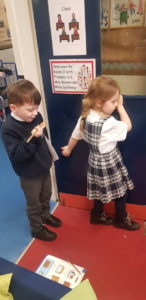
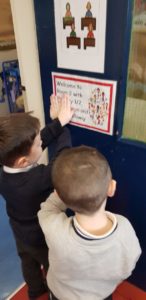
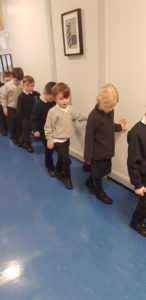
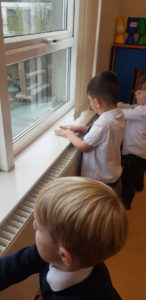
We estimated how long an object was and then measured it using cubes, straws and paperclips. Using a selection of loose parts we also created towers and arranged them from the shortest to the tallest.
We can now use language such as:
• “long/longer” and “short/shorter”.
• “tall/taller” and “small/ smaller”.
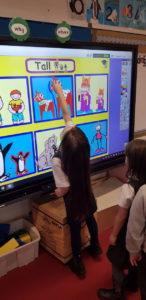
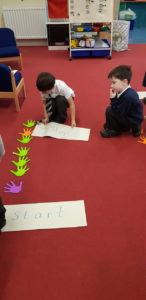
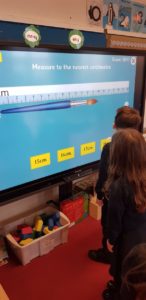
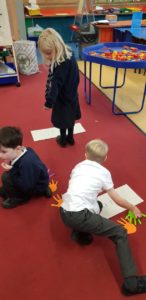
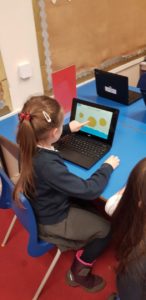
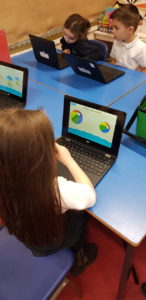
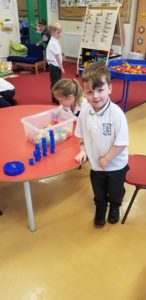
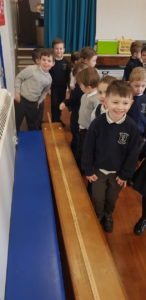
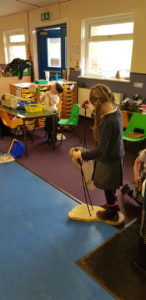
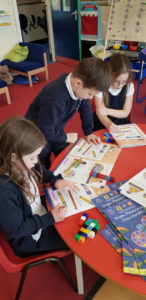
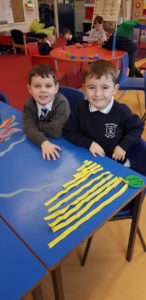
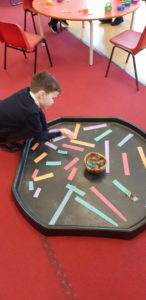

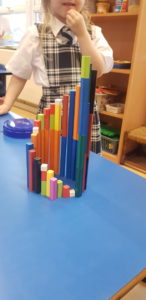
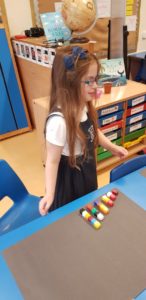
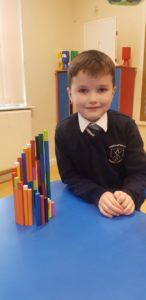
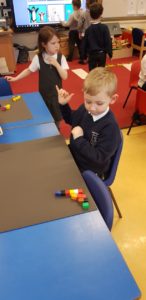
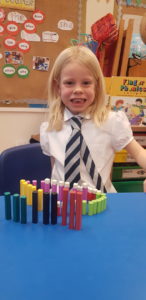
We investigated the concept of weight using non-standard units such as pegs, stones, clips and cubes. We used a simple 2-pan balance to weigh items and describe which classroom objects are heavier, lighter or about the same weight. We can now place classroom objects in order according to their weight.
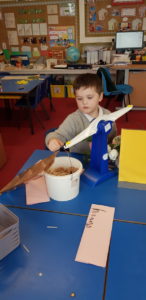
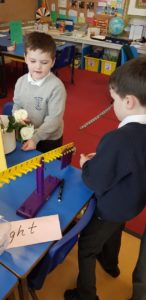
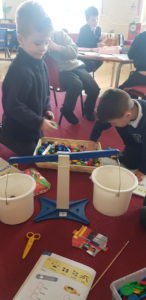
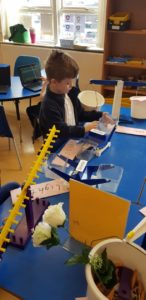
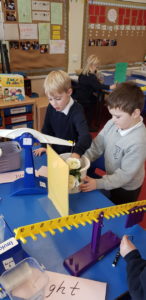
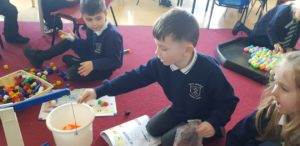
Finally we explored the concept of volume by filling containers with liquids and solids such as water, cubes and sand. we can confidently describe capacity using the words full, empty, nearly empty, nearly full and half full.






